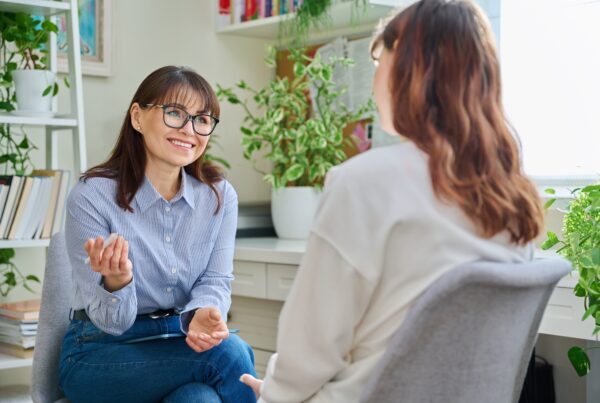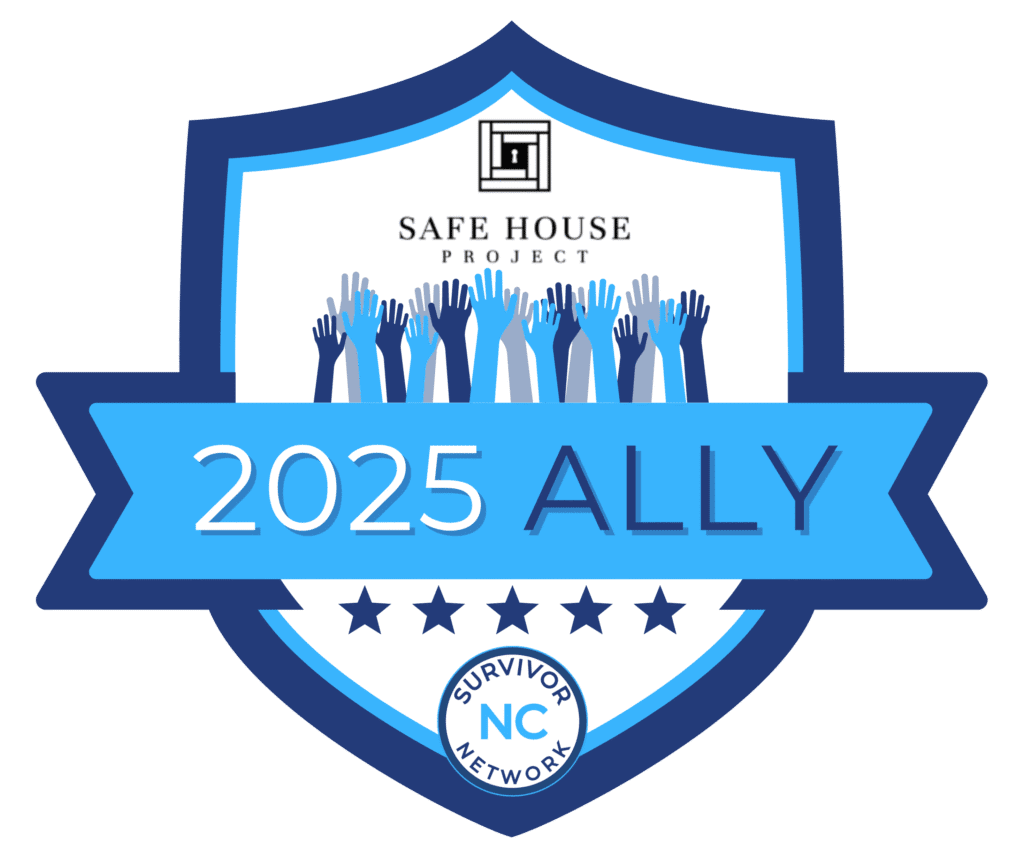For survivors of human trafficking, healing is not a one-time process. It is achieved gradually and often shaped by the people and communities that survivors encounter along the way. Therapy, shelter, and advocacy are essential supports in healing, but it also takes root in the spaces where survivors feel safe, seen, and connected.
Because so many survivors are trafficked by someone they know, including family members and intimate partners, the experience of human trafficking involves deep relational trauma. These abuses can cause considerable damage to a survivor’s sense of trust and belonging, but healing is possible over time through supportive relationships and intentional community.
How Early Relationships Shape Us
As humans, our first relationships are powerful determinants of how we view ourselves and those around us. For many trafficking survivors, early connections were marked by instability, abuse, or neglect. Whether through family violence, time in foster care, or a lack of real safety, childhood trauma can make it very difficult to form secure relationships later in life.
These early wounds can become vulnerabilities, as traffickers frequently seek out people’s unmet needs for love or belonging and exploit them. Many survivors of human trafficking experienced trauma early in their lives, including neglect or abuse. Kids who spend time in foster care or the juvenile justice system are especially vulnerable, since most have high ACE (Adverse Childhood Experiences) scores and other risk factors for trafficking victimization. These early traumas shape how the brain responds to relationships, making it more challenging to recognize unhealthy dynamics. Because of this, most traffickers depend on emotional manipulation and trauma bonds to control their victims rather than physical force, multiplying relational trauma.
Why Community Matters for Healing
For survivors, relational healing truly begins when someone chooses to show up consistently and without judgment. Many survivors can point to a certain person with whom they experienced genuine connection, helping them dismantle the trauma-related belief that all relationships bring the risk of harm. Whether a friend, mentor, caseworker, or neighbor, the steady presence of a compassionate person can create an emotionally safe environment that directly contrasts the dynamics of a trafficking experience.
When someone lives in a state of perpetual danger, as trafficking survivors do, their brains adapt quickly to help them survive and prevent further abuse. The amygdala becomes hyperactive and constantly scans for threats, making survivors feel on edge or overwhelmed even in safe environments. Other parts of the brain, including the hippocampus and the prefrontal cortex, may become less active, affecting memory, concentration, and emotional regulation. While these responses are involuntary, they are highly effective in helping survivors endure trauma in the moment. Once they exit exploitation, however, those same neurological changes can make everyday life feel unfamiliar and unsafe. When daily activities are interpreted as potentially dangerous, rebuilding trust, managing emotional responses, and forming healthy relationships can seem like uphill battles for survivors.
Supportive relationships play an important role in neurological healing, as a consistent, calm, and de-escalating presence can help reduce a survivor’s anxiety and signal safety to their nervous system. Over time, survivors will experience more manageable responses to triggers, learn emotional regulation skills, and become more able to engage in close relationships without fear or distrust.
Building Trauma-Informed Communities
Creating spaces where survivors can engage in safe connection requires intentional care and understanding of the challenges they face. Trauma-informed communities often practice:
- Consistency — Following through on promises, showing up, and maintaining reliable relationships helps survivors rebuild their ability to trust.
-
- Compassion — Nonjudgmental, empathetic support creates space for survivors to be emotionally honest and vulnerable.
- Agency — Encouraging survivors to make their own decisions fosters autonomy and confidence.
- Cultural Awareness — Recognizing and celebrating the diversity of survivors’ experiences and backgrounds helps create a deeper sense of safety and inclusion.
- Active Participation — Inviting survivors into leadership roles in survivor-focused spaces honors their expertise and helps shape more effective support systems.
Recovery from human trafficking is a lifelong journey shaped by many types of relationships. Survivors may need support through therapy or safe housing, but they can also find healing through ordinary moments of connection: shared meals, phone calls, and genuine conversation with compassionate community members.
Every person can play a role in supporting trafficking survivors by being present, consistent, and thoughtful. Healing takes time and often involves a cycle of growth and setbacks, but when survivors are surrounded by people who remain committed to their well-being, the path becomes more stable and more hopeful.








